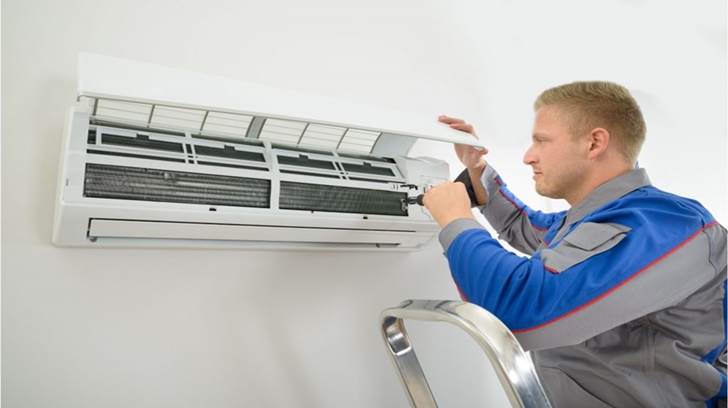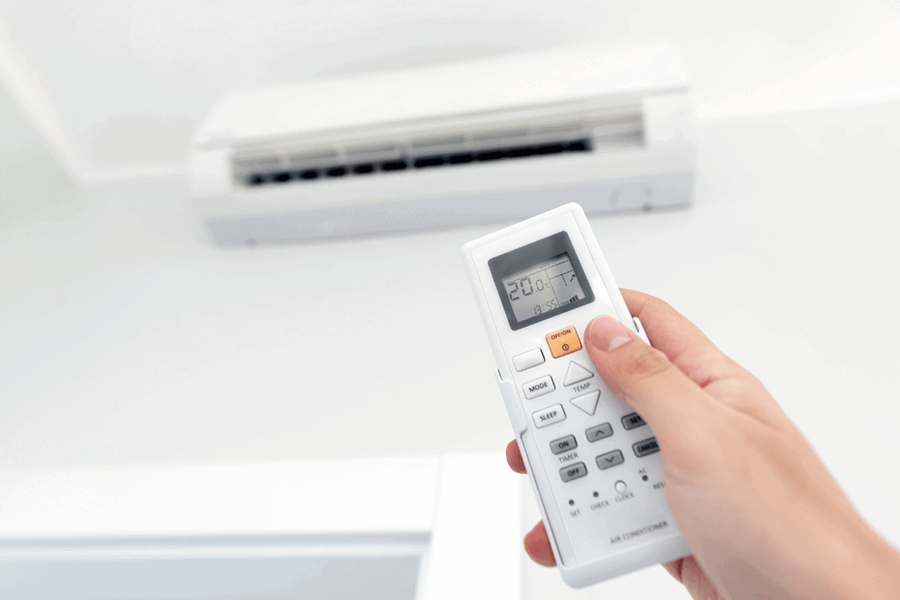In today’s modern world, the HVAC system plays a critical role in ensuring comfort and proper air quality in our homes and workplaces. Whether you’re dealing with excessive heating, inconsistent cooling, or strange noises, resetting your HVAC system can often be the solution to many common issues. This article provides a comprehensive guide to resetting your HVAC system safely and effectively, helping you resolve problems without having to call a technician.

Understanding Your HVAC System
Before diving into the reset process, it’s crucial to understand the components of your HVAC system. HVAC stands for Heating, Ventilation, and Air Conditioning, and these systems can be complex. They usually consist of:
Thermostat: The control unit that regulates your system’s temperature settings.
Furnace/Heater: Provides heat during colder months.
Air Conditioner: Cools the air during hotter months.
Ductwork: The network of ducts that distribute air throughout your space.
Vents and Registers: Openings that allow airflow in and out of rooms.
Filters: Ensure the air circulating through the system remains clean.
When something goes wrong with any of these parts, a simple reset can often bring everything back to normal. Below, we’ll explain how to reset your HVAC system and troubleshoot common issues.
Why You Might Need to Reset Your HVAC System
There are several reasons why you might need to reset your HVAC system. These include:
System malfunctions: The system may not be responding correctly, and resetting it can restore normal operation.
Electrical issues: A power surge or an overload might cause the system to stop working.
Error codes: Your thermostat may display an error message or code, indicating that a reset is necessary.
Seasonal change: Sometimes, switching between cooling and heating modes can cause minor glitches, requiring a system reset.
How to Reset Your HVAC System: Step-by-Step Instructions
Here’s a detailed breakdown of how to reset your HVAC system effectively.
1. Turn Off the Power to the HVAC System
Before beginning any reset procedure, ensure the power is completely turned off. This is a critical safety step to avoid electrical shock or damage to the system.
For central HVAC systems: Go to your circuit breaker panel and locate the circuit dedicated to the HVAC system. Flip the switch to turn off the power.
For furnace units: Switch off the power by turning the furnace off at the thermostat or using the power switch near the unit.
Ensure the system is completely powered down for about 5 to 10 minutes.
2. Reset the Thermostat
Sometimes, the issue might lie with the thermostat settings, so it’s essential to reset it as part of the overall HVAC reset process.
Digital thermostats: Check if there is a “reset” button or an option in the settings to restore the thermostat to factory settings. Some models may require you to hold down the reset button for a few seconds.
Manual thermostats: Turn the system off and back on again. This simple action can often resolve minor problems, such as the thermostat being out of sync with the system.
After resetting, ensure the thermostat is set to the desired mode (heating or cooling) and adjust the temperature settings to match your needs.
3. Inspect the Circuit Breaker and Fuses
If the HVAC system is still unresponsive after turning the power back on, the circuit breaker might be the culprit. A tripped breaker or a blown fuse can prevent your system from running properly.
Locate your HVAC circuit breaker in your home’s electrical panel. If the breaker is in the off position, flip it back to on.
Fuses: Some HVAC systems use fuses as part of the electrical setup. If a fuse is blown, it may need to be replaced. Check your system’s manual to find the appropriate type of fuse and how to replace it.
4. Reset the Air Conditioning or Furnace Unit
If you have an air conditioner or furnace that isn’t functioning properly, resetting the unit might fix the problem.
For air conditioners: Many modern units have a reset button located near the unit. Press and hold the button for 5 to 10 seconds to initiate a reset.
For furnace units: Some furnaces have a reset button near the ignition panel. Press it once, and wait for the system to restart.
If your unit doesn’t have a reset button, try powering it off for 5 to 10 minutes, then turning it back on to see if the issue is resolved.
5. Check the Air Filter
A clogged or dirty air filter is one of the most common causes of HVAC system problems. A dirty filter can impede airflow, leading to overheating or inadequate heating/cooling performance.
Check the filter: Inspect the filter for dirt and debris.
Replace the filter: If it’s visibly dirty, replace it with a clean, compatible filter.
Regular maintenance: It’s a good idea to check and replace your air filter every 1-3 months to ensure optimal performance.
6. Look for Error Codes
Many HVAC systems come with diagnostic lights or error codes that indicate specific problems. These codes can be found in your unit’s manual and can help you determine the root cause of the issue.
Common error codes: These may include codes related to pressure sensors, thermostats, or communication issues between system components.
Reset the system after addressing the code: Once you’ve resolved the issue indicated by the error code, reset the system to clear the error.
7. Restart the HVAC System
After you’ve performed the steps above, it’s time to restart the system to see if everything is working correctly.
Turn the system back on using the thermostat.
Wait a few minutes for the system to fully restart and begin operating.
Observe the unit’s performance to ensure it’s functioning properly.
When to Call a Professional
While resetting your HVAC system is a simple process, some issues may require professional help. If the system continues to malfunction after resetting, or if you encounter persistent error codes, it’s a good idea to contact a licensed HVAC technician.
Common signs that you need a professional:
The system keeps shutting off after resetting.
There are unusual smells or sounds coming from the system.
The unit isn’t heating or cooling as expected, despite a reset.
Preventative Tips to Keep Your HVAC System in Top Shape
Proper maintenance can prevent the need for frequent resets and costly repairs. Follow these tips to extend the life of your system:
Schedule regular maintenance: Have your HVAC system inspected annually to catch potential issues before they become serious.
Change air filters regularly: Keep your air filters clean and replace them every 1-3 months.
Seal any leaks: Ensure that your ductwork is sealed and insulated to prevent energy loss.
By following these steps, you can ensure your HVAC system runs efficiently year-round and save on energy costs.
